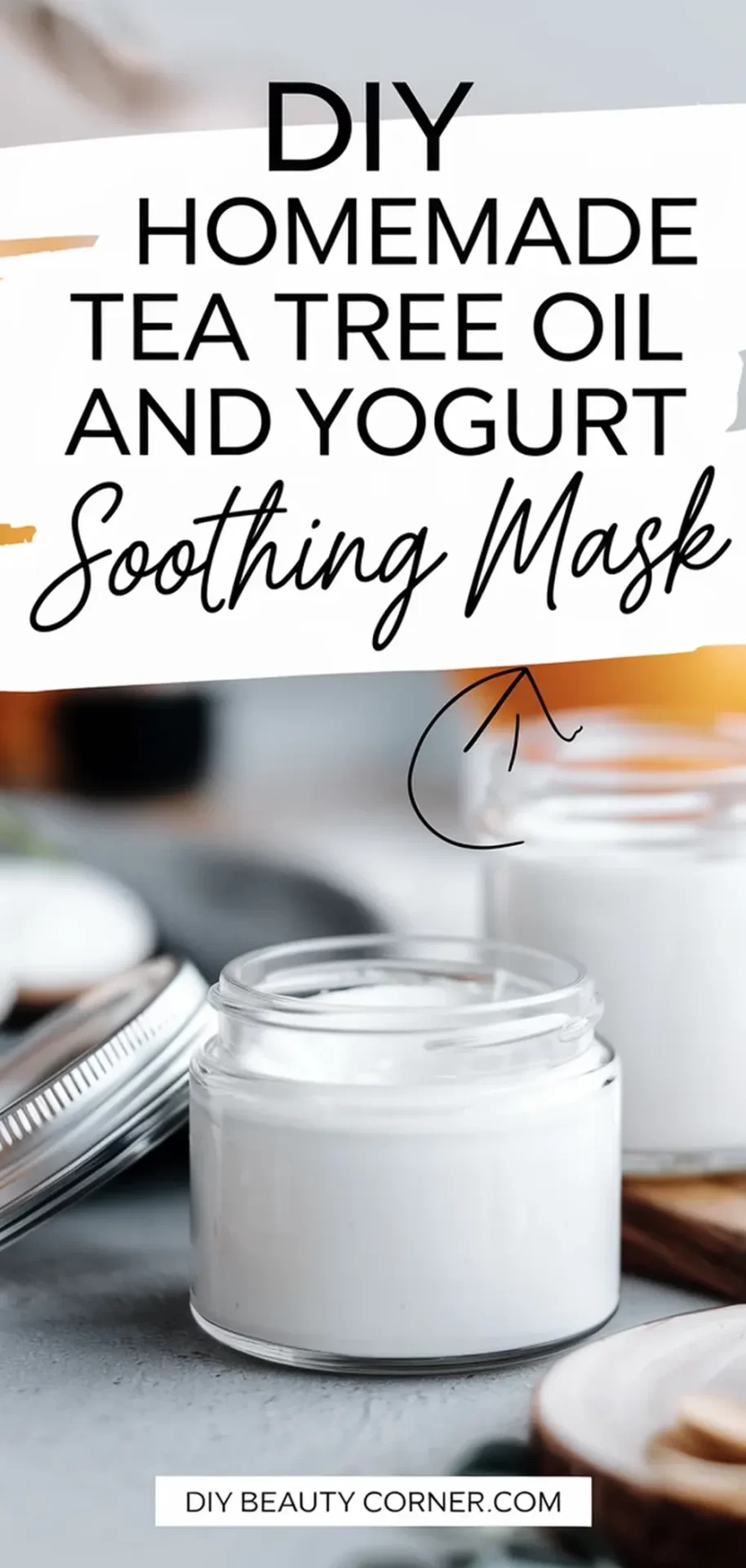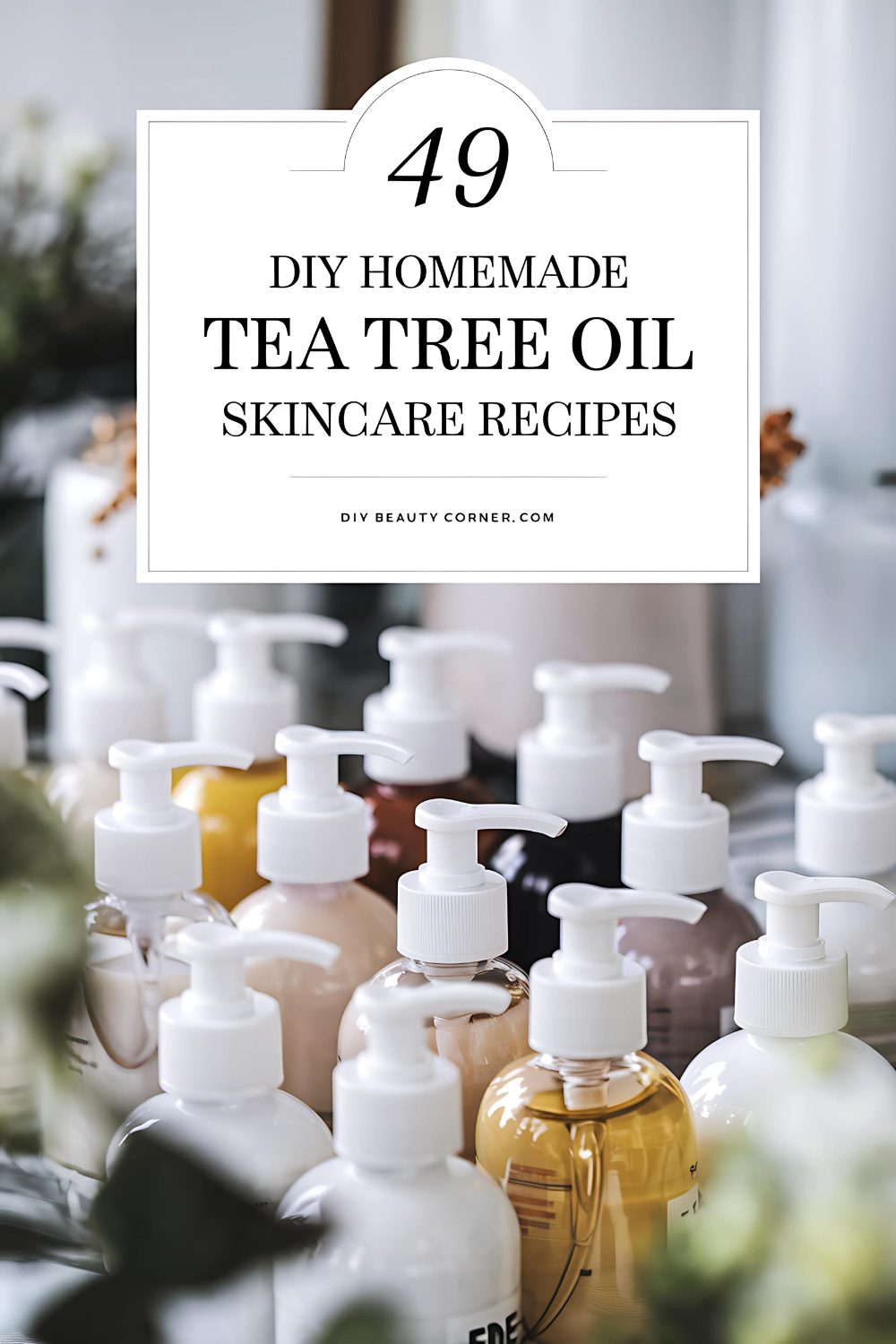
Tea tree oil is well-known for its powerful anti-inflammatory and antibacterial properties, making it a popular choice for those with acne-prone skin. When combined with the soothing qualities of yogurt, this face mask can help address breakouts while moisturizing and calming the skin. I’ve discovered a simple way to create a tea tree oil and yogurt soothing face mask at home that can leave your skin feeling refreshed and balanced.
To make this mask, I use just a few ingredients that are easy to find and often already on hand. The creamy texture of yogurt not only nourishes the skin but also helps in delivering the benefits of tea tree oil effectively. As I prepare this DIY treatment, I am excited to share the step-by-step process that makes skincare both accessible and enjoyable.
Whether you’re dealing with the occasional blemish or seeking a routine for clearer skin, this mask is an excellent addition to my skincare arsenal. Join me as I guide you through the easy preparation of this effective treatment that can seamlessly fit into your self-care rituals.
Preparing Your Ingredients
Gathering the right components is crucial for creating a soothing tea tree oil and yogurt face mask. I’ll focus on sourcing quality tea tree oil and selecting the best yogurt type to ensure effectiveness and safety.
Sourcing Quality Tea Tree Oil
When choosing tea tree oil, I prioritize purity and quality. It’s important to select an oil that is 100% pure and therapeutic grade. I look for reputable brands that provide clear labeling, ensuring the oil is distilled from Melaleuca alternifolia leaves.
I check for third-party testing results or certifications, which can indicate the oil’s quality and absence of contaminants. Buying from stores that specialize in essential oils helps ensure I get a product that meets these standards.
Packaging is another consideration; dark glass bottles preserve the oil’s potency by protecting it from light. Ideally, I aim for tea tree oil with a strong, fresh scent, as this often signifies higher quality.
Choosing the Right Yogurt Type
For the yogurt component, I opt for plain yogurt, which can be either full-fat or low-fat. Full-fat yogurt tends to provide more hydration, making it suitable if my skin feels particularly dry.
I avoid flavored or sweetened varieties, as additives may irritate my skin. Greek yogurt is another excellent choice, as it is thicker and can provide additional moisture and nutrients.
Additionally, I ensure the yogurt is live-culture, as probiotics can enhance the skin’s health. I typically check the ingredient label to confirm there are no artificial preservatives or fillers. This focus ensures my mask is both soothing and nourishing for my skin.
Step-by-Step Mask Application
Creating a tea tree oil and yogurt face mask is straightforward. I’ll guide you through mixing the ingredients, applying the mask, and the optimal timing for removal.
Mixing Ingredients
To start, I measure out 1 tablespoon of plain yogurt. Yogurt acts as a base, providing moisture and soothing benefits for the skin. Next, I add 2-3 drops of tea tree oil. This essential oil is known for its antibacterial properties, which can help with acne and blemishes.
Once I have both ingredients in a mixing bowl, I blend them thoroughly. I use a small spoon or spatula to ensure an even consistency. This will help the mask apply smoothly to my skin. It’s crucial that the mixture is well-combined to maximize the benefits of both ingredients.
Applying the Mask
Before applying the mask, I ensure my face is clean and slightly damp. This helps the mask adhere better and can enhance absorption. I use my fingers or a clean application brush to spread the mask evenly across my face, avoiding the eye area.
While applying, I focus on areas with blemishes or dryness, gently massaging the mixture into my skin. I aim for a thin, even layer to promote effective treatment. This application technique ensures that my skin receives the beneficial properties of both the yogurt and tea tree oil.
Timing and Removal
I usually leave the mask on for about 10 to 15 minutes. This allows enough time for the ingredients to work on my skin. It’s essential not to exceed 15 minutes, as leaving it on too long can cause irritation.
After the desired time, I rinse the mask off with lukewarm water. I gently massage my skin in circular motions while rinsing to help remove any residual product. Once the mask is off, I pat my face dry with a clean towel. Following this process, my skin feels refreshed and rejuvenated.


